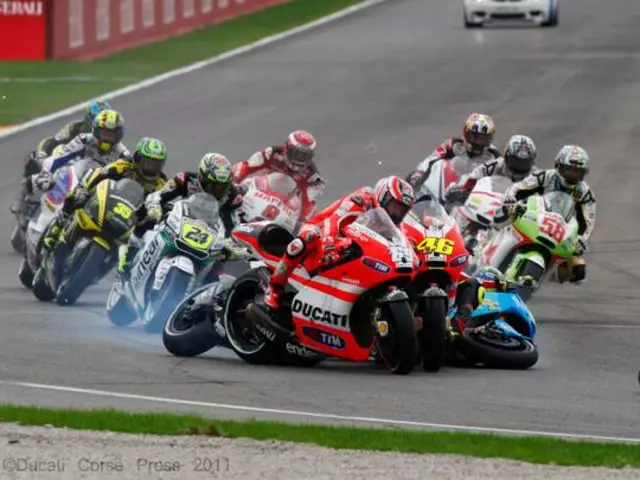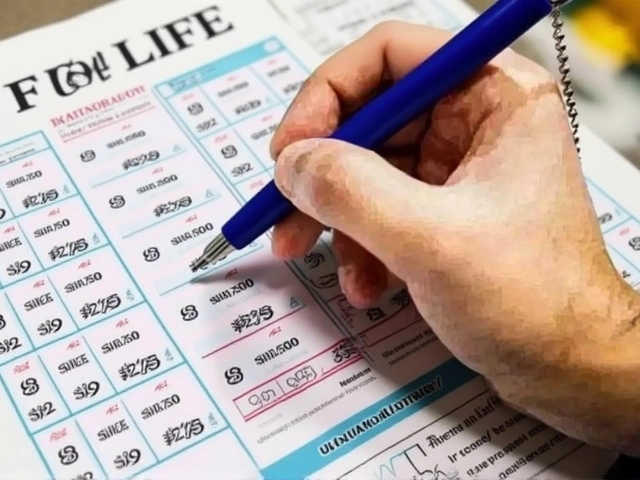Danger Comparison: How Racing Risks Stack Up
When you hear "racing", the first thing that pops into your head is speed, adrenaline, and maybe a little fear. But not all races are created equal when it comes to danger. Let’s break down the biggest risks in auto racing, street racing, and other motorsport events so you can see where the real threats lie.
Auto Racing: Safety Advances vs. Perception
Many people think car racing is a death trap, but safety has gone through a massive upgrade in recent years. Modern circuits use energy‑absorbing barriers, high‑tech helmets, and reinforced car cages. The result? Accident rates have dropped dramatically, even though cars now go faster than ever. Still, crashes at 200 mph can still cause serious injury, so the sport isn’t risk‑free. The key takeaway? Safety tech makes a huge difference, turning a raw danger into a managed one.
Street Racing: The Real‑World Hazard
Street racing flips the safety script. You’re on public roads, surrounded by unsuspecting drivers and pedestrians. There’s no barrier, no medical crew on standby, and often no legal permission. That lack of control makes it far more dangerous than sanctioned events. A missed turn or a sudden lane change can end in a crash that hurts everyone nearby. It’s the kind of danger that isn’t just about the driver but the whole community.
Comparing these two, the main difference is the environment. On a closed track, risks are anticipated and mitigated. On city streets, the unexpected is the norm, which ramps up the danger factor dramatically.
Other Motorsports: From NASCAR to Le Mans
NASCAR, Le Mans, and similar events each have unique risk profiles. NASCAR races on oval tracks that push cars to the limit in close quarters, which can lead to multi‑car pile‑ups. Le Mans, a 24‑hour endurance race, tests both driver stamina and vehicle durability, meaning fatigue and mechanical failures become safety concerns. However, both series employ strict safety rules, such as mandatory fire‑proof suits and rapid response teams, that keep danger at a manageable level.
One interesting point is that not every famous circuit is suitable for every type of racing. For example, Barber Motorsports Park is built for motorcycles and sports cars, not the heavy stock cars used in NASCAR. Trying to fit a race into an unsuitable venue adds another layer of risk.
What Makes a Race Dangerous?
Three things usually decide how risky a race is: vehicle speed, track conditions, and safety oversight. Higher speeds mean less reaction time. Poor track conditions, like uneven surfaces or lack of barriers, raise crash chances. And without proper safety oversight—think medical crews, fire extinguishers, and crash‑analysis tools—an accident can quickly turn deadly.
Technology plays a big role, too. Hybrid power units, advanced telemetry, and driver‑assist systems have made many modern races safer than they were a decade ago. Still, the human factor—driver skill, fatigue, decision‑making—remains the wild card.
Bottom Line for Fans and Participants
If you love the thrill of racing, stick to organized events where safety is a priority. The excitement of a street showdown might look cool, but the hidden dangers far outweigh the short‑term rush. For those watching from the stands or at home, knowing where the real risks lie helps you appreciate the sport without glorifying unsafe behavior.
In short, the danger comparison shows that controlled environments with strong safety measures are far less risky than illegal or poorly managed races. Understanding these differences lets you enjoy motorsports responsibly and stay safe, whether you’re behind the wheel or cheering from the sidelines.

As a motorsport enthusiast, I've often found myself mulling over the question, "Is MotoGP more dangerous than Formula 1?" The answer, in my opinion, seems to lean towards yes. MotoGP races expose riders to a higher risk due to the lack of physical protection compared to the cocooned drivers in Formula 1 cars. Additionally, motorcycle racing involves a greater degree of physical control and balance, which can lead to more frequent incidents. Despite the thrill and excitement both sports offer, when it comes to safety, Formula 1 seems to take the checkered flag.
Maverick Kincaid Jul 19, 2023



